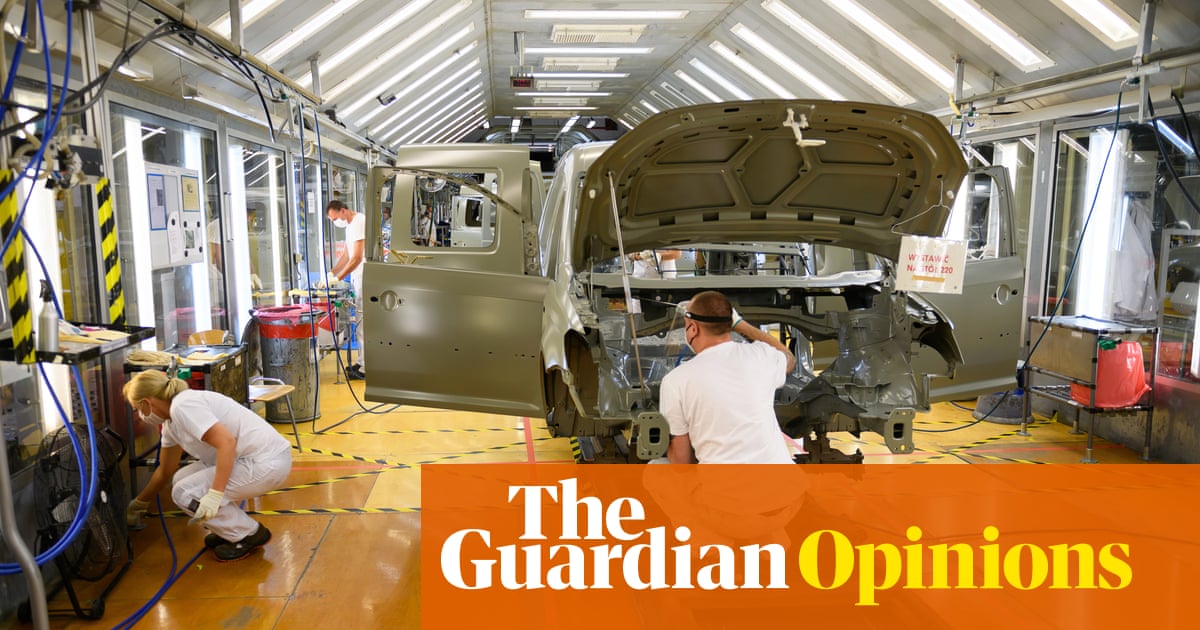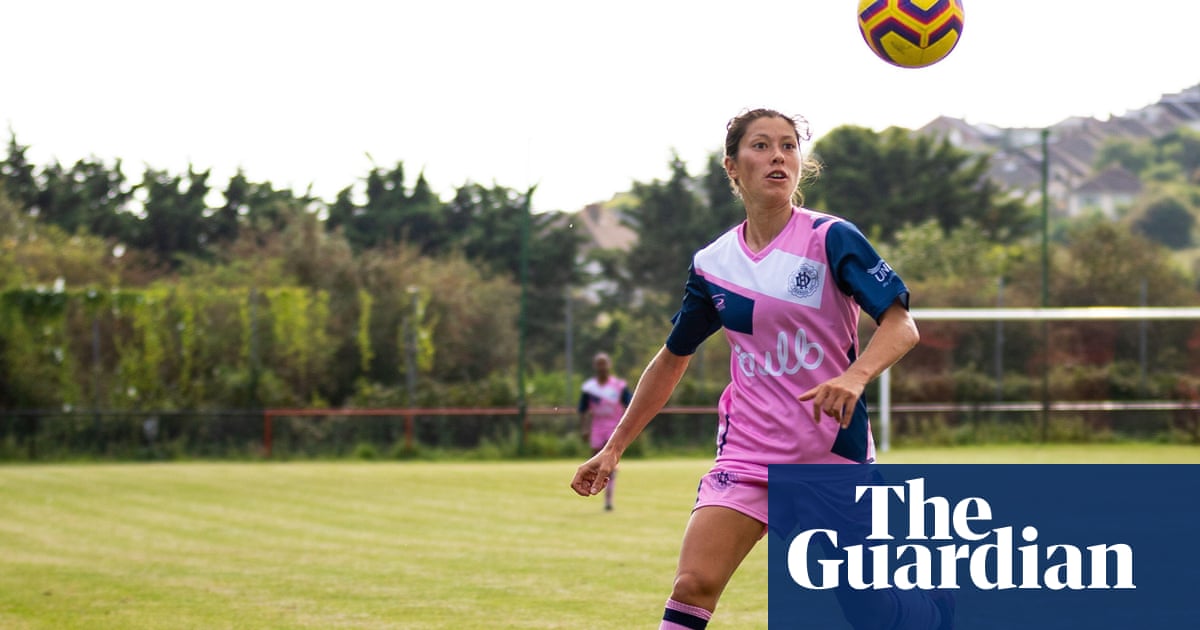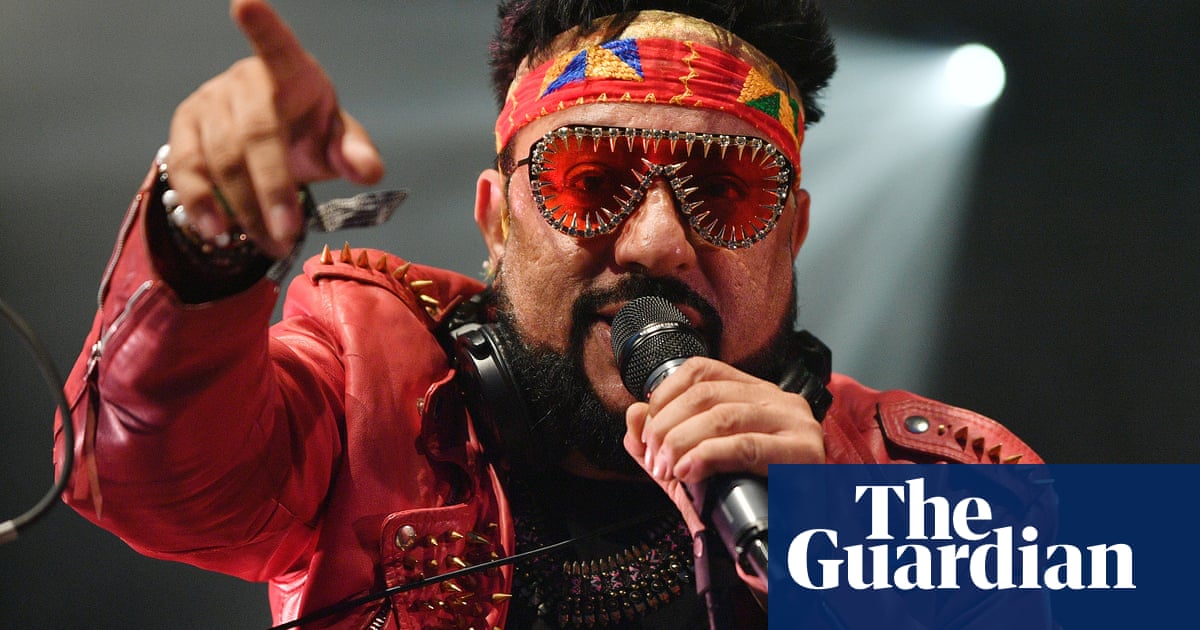
unk gigs don’t usually lend themselves to quiet introspection. By their nature, they should be noisy, chaotic and rammed with fans. But music under lockdown has warped into new ways of being. So Free Word’s festival of feminist punk, streamed live on YouTube from each artist’s home, is a discombobulating experience; Ms Mohammed, a musician costumed in blood red against a wall draped in shawls, reminds herself to “pause and wait for the applause” at the end of each song, despite not being able to see any of the 60 fans who have tuned in to see her.
The scene is doing its best to connect, given the circumstances. But with an industry on its knees, where 80% of UK music venues are now under serious risk of permanent closure and £900m has been wiped from the £1.1bn live sector this year, the need for nimble innovation is urgent. But what exactly will live music look like after lockdown? Gigs can be reconfigured to meet social distancing guidelines – the crucial question is whether they will work.
Drive-in concerts, where punters park up in a field to watch shows, have already popped up in Norway, Lithuania and the US, where country star Keith Urban played a show for health workers on Thursday. The idea that venues will open up to reduced physical capacity, with grids on the floor to enforce social distancing, has also been mooted. Some venues are running and have already scheduled ticketed concerts to be streamed online; on Saturday, Bristol’s Colston Hall will be livestreaming bands all day. Next month, the Union Chapel in London will host Laura Marling to perform an online-only show.
“In the future, I can absolutely imagine we will be able to sit at home, strap on an augmented or virtual reality headset and … boom, suddenly be in the middle of Wembley,” says Ray Winkler, CEO of Stufish Entertainment. His company has designed tours for Madonna, U2, Beyoncé and Elton John among others. “Your favourite artist will be performing, you’ll be able to see them clearly, and the only thing missing is that you don’t have to queue to go to the toilet, spend lots of money buying beer and spend two hours getting there.”
Winkler predicts that without a Covid-19 vaccine or serious subsidy, the live music industry will have imploded in 12 months: “Everyone will have gone bankrupt, and then these emerging technologies will rush to fill that niche really quickly. People’s way of consuming entertainment will change with it. Look at Blockbuster: it was at its peak 15 years ago and now bam! It’s gone.”
The idea of virtual concerts is not new. But the mammoth speed of data and technology required to run them, plus their limited appeal to artists and audiences, means they have been slow to take hold. Travis Scott ventured into the market last month by playing a concert on videogame Fortnite, while Massive Attack “performed” in the Lego videogame, Minecraft. Keen to take a lead, Sony began recruiting this month for a team dedicated to building large-scale virtual concerts.
“It’s a different thing altogether,” says Ben Lovett, from Mumford & Sons. “Suggesting that virtual reality could replace gigs is a weird way to look at it when it’s actually just an additional form – another way to experience connection with an artist. The live music experience will be what it is for when it’s ready to come back.”
The escalating costs of extra security to enforce social distancing, increased sanitation, insurance, potential protection for venue staff in the future is a minefield for the industry, already grappling to stay afloat.
Live Nation, one of the world’s largest concert promoters, has furloughed 20% of its staff and postponed its 2020 shows. John Reid, company president for Europe concerts, told the Observer that it has been working on alternative ways to adjust its model, including “drive-in concerts, reduced-capacity shows and fan-less concerts from iconic venues … the hope is that we will have tickets for the big 2021 tours on sale before the end of the year.”
Mumford & Sons, who completed their 60-date international tour with Live Nation last spring, have cancelled their summer festival appearances. But as the owner of a promotions company and two London music venues, Lovett is weathering the crisis and runs a weekly Zoom roundtable with London venue owners as they try to work together on solutions.
“That’s a good thing to come out of this,” he says. “People who wouldn’t have picked up the phone before are now coming together. It’s been a forced pause, a reset, and put things in perspective. But whatever comes next has to be clear so we can plan our way out of this. It’s the lack of guidance from government and the uncertainty that is the worst.”
Musician John Grant agrees. Speaking to the Observer from his home in Iceland, Grant said: “I do appreciate that people are trying to figure it out and be proactive about doing shows online, but I can’t bring myself to do it right now, and am hoping things go back to normal. We can’t live without live music.”
Mark Davyd, CEO of Music Venues Trust, which represents 736 grassroots venues across the UK, and former MP Tom Watson, now chair of industry umbrella group UK Music, have been lobbying government for financial support.
Watson says: “We don’t know when live shows will come back. Tt has to be health-led, but there isn’t great optimism in the sector that it will be very soon. But we would like to see landlords give grassroots music venues rent-free periods to help them cope. ”
“The picture is immensely bleak,” agrees Davyd, but he suggests that landlords might strike a deal with government. “If the government took action on rents, you could stop the live music infrastructure from collapsing. Once these venues close, they won’t come back. So how will you build the next Adele or Ed Sheeran?”
Davyd estimates that it would cost about “£15m a month” to subsidise rents for venues until they can reopen again.
“DCMS has earmarked £120m for the Festival of Britain in 2022, which is supposed to be taking place across the venues we represent,” he says. “But that money could be used as an emergency fund now. Those venues won’t exist in 2022.”
Musicians who spoke to the Observer, including Lovett, Grant, Pictish Trail and Big Joanie, said the live show aspect of the job was their financial bread and butter. Johnny Lynch of Pictish Trail is optimistic that venues will enjoy a bounce once restrictions ease. “Mass gatherings will be difficult, but gigs at 100-200 capacity venues are likely to come back quicker. A lot of them are my lifeblood.”
“Most bands wouldn’t exist without those small venues,” says Stephanie Phillips of Big Joanie. “But it’s frustrating, because small venues aren’t seen as important to the culture in the UK.”
Across the board, venues, booking agents and promoters are all feeling the pinch. Tom Baker, whose company Eat Your Own Ears puts on 200-250 shows a year, is wary about how social distancing could work at his shows: “It’s not like managing a supermarket where it’s bright lights in the daytime – a venue is dark. It’s not a clinical space, it’s about people coming together and enjoying a shared experience, not standing two metres apart on their own.”
UK Music estimates it will be four to five years before live music returns to pre-lockdown levels. Grant, who makes the bulk of his income from live shows, has postponed his spring tour until next year. “I’m just trying to do the things I need, record my album, so I’m ready to pick up when there is a normal to go back to.”












